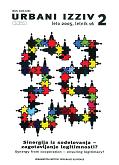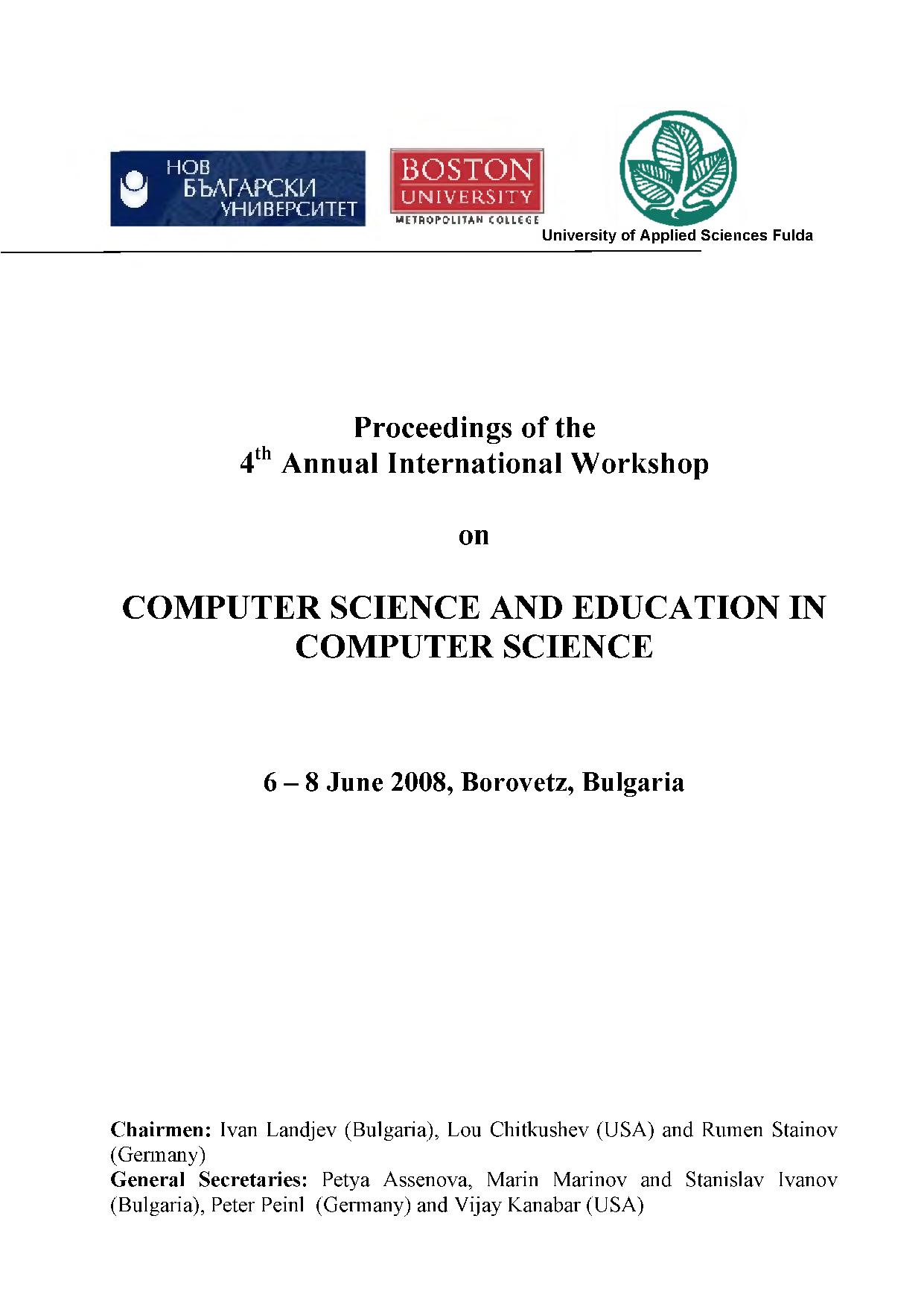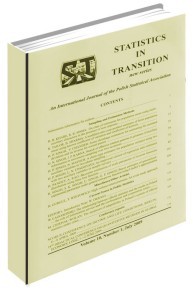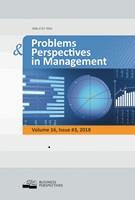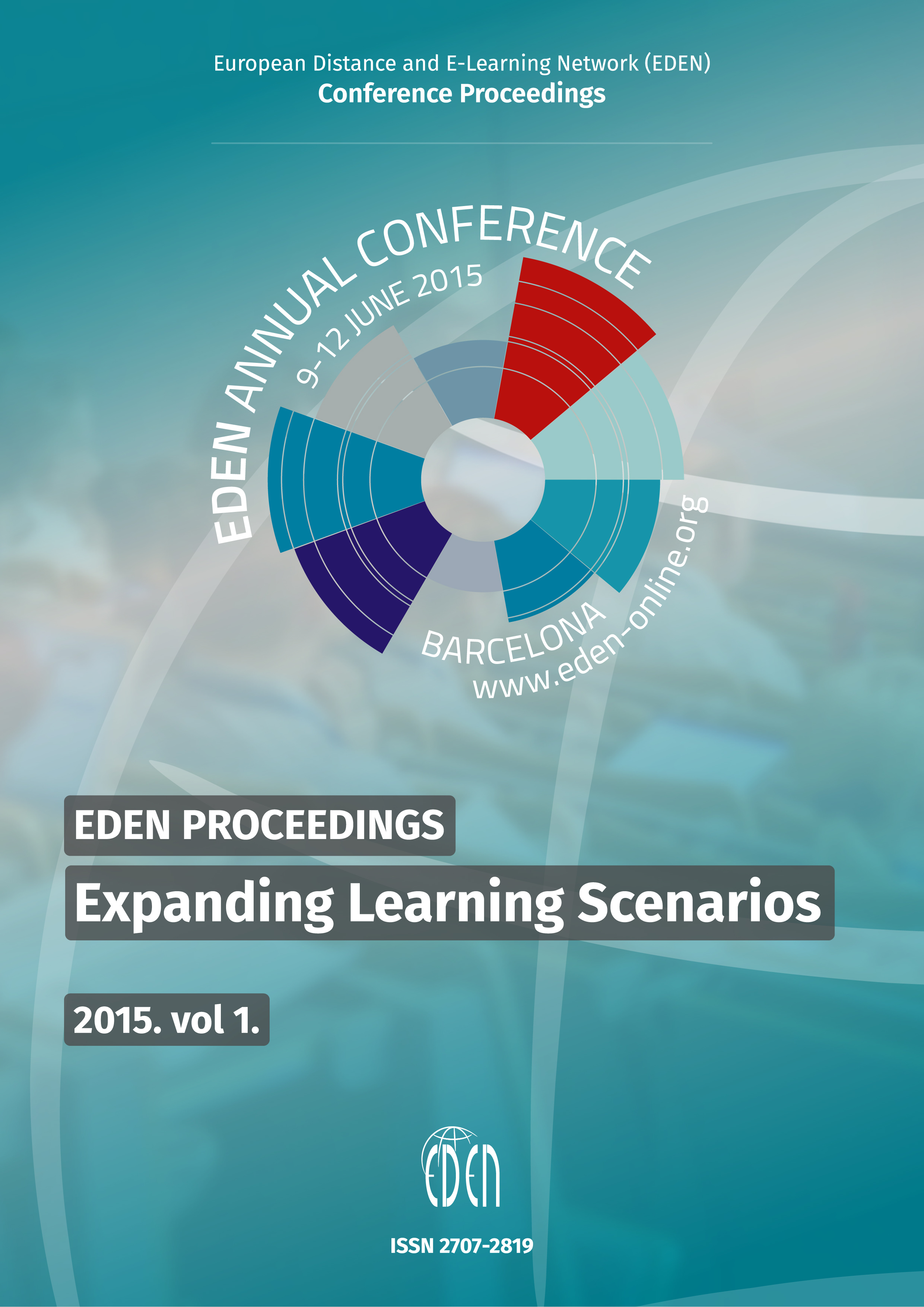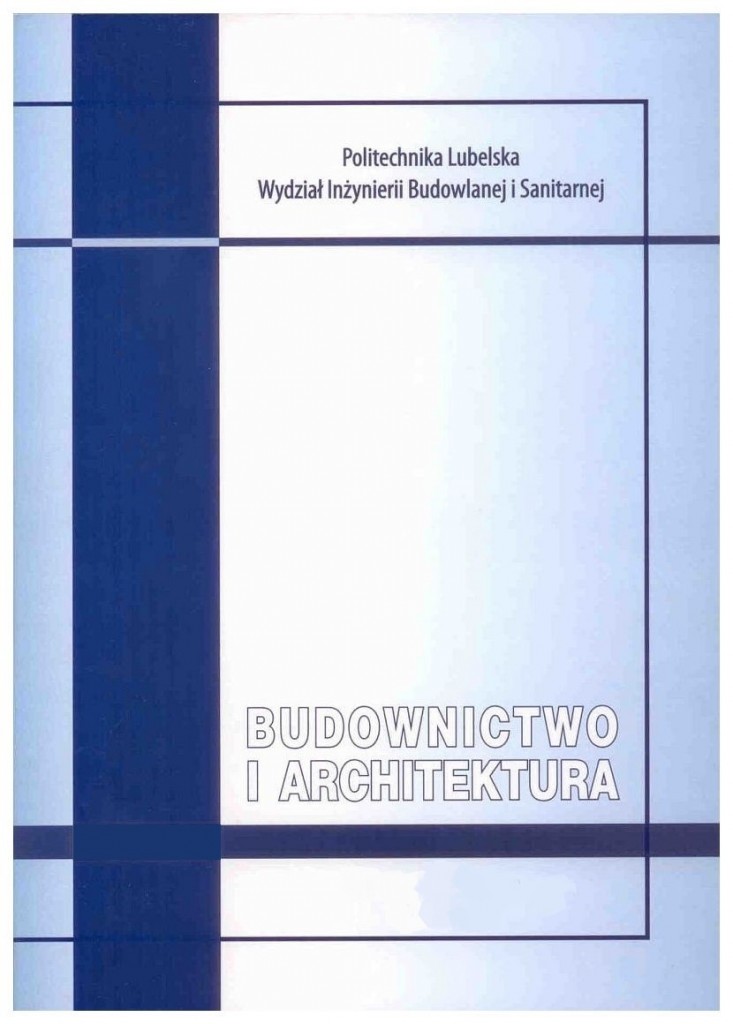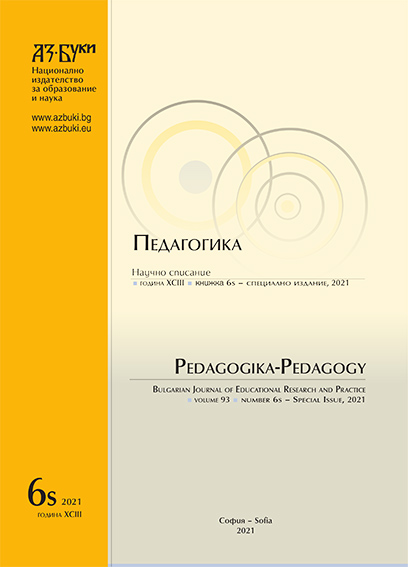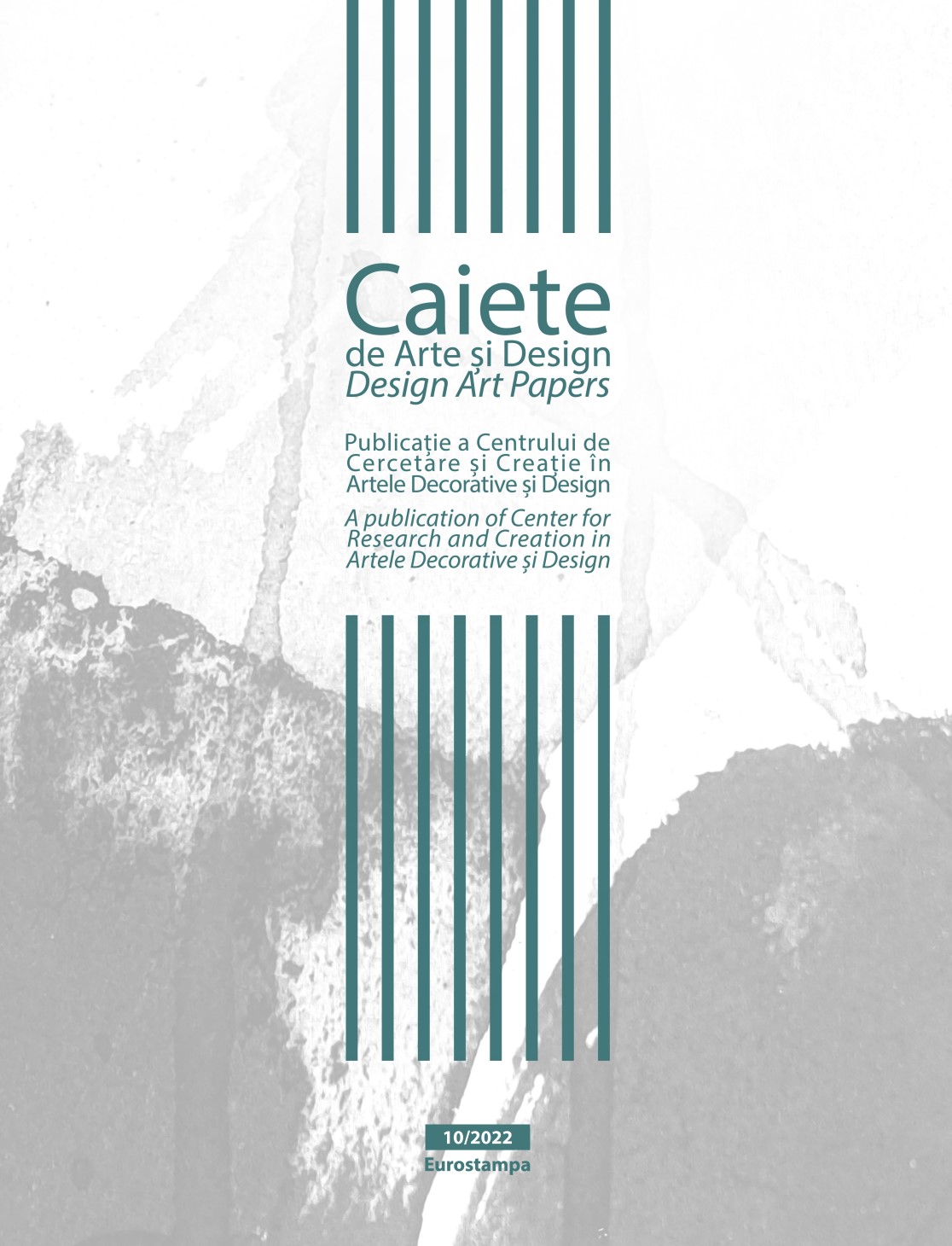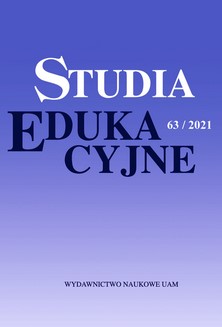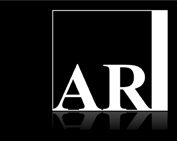
CONTEMPORARY DEBATES ON THE EDUCATION OF ARCHITECTS – SELECTED EXAMPLES
SODOBNO ARHITEKTURNO IZOBRAŽEVANJE – IZBRANI PRIMERI
Keywords: architectural education; studio; research; environment; landscape urbanism
Analytic research on changes in architectural education at global and local level aims to propose adaptation in accordance with new social conditions. In order to create a basis for understanding and applying the latest standards in the architectural education, various examples of published criticism were selected and analyzed. The most analyzed topics are related to the design studios which are seen as the backbone of architectural education. The paper gives an overview of the following topics: Critical review of the educational reforms in the late sixties and early seventies of XX century; Interrelations of theory, practice and education, and importance of architectural research as a new form of practice; Increase in the number of research studios and design-build workshops with an empirical approach to education of architects; Participation of green architecture themes in the curriculum; Landscape urbanism as a synthesis of disciplines that are used in the higher level of study. This review should open a dialogue that contributes to solving the dilemma of existing educational reform at regional and local levels. The research does not lead to a final solution, but it opens the possibility of choice.
More...

